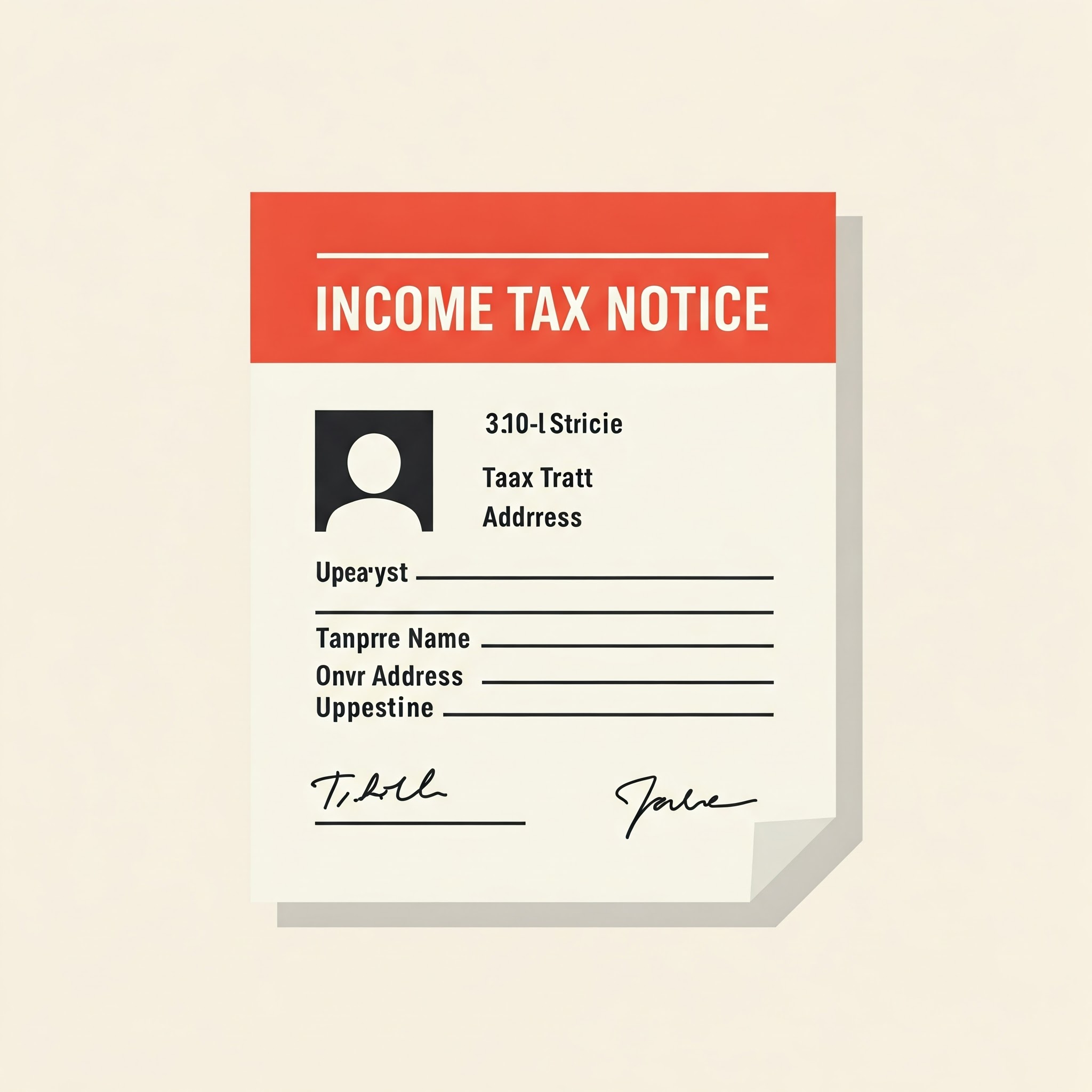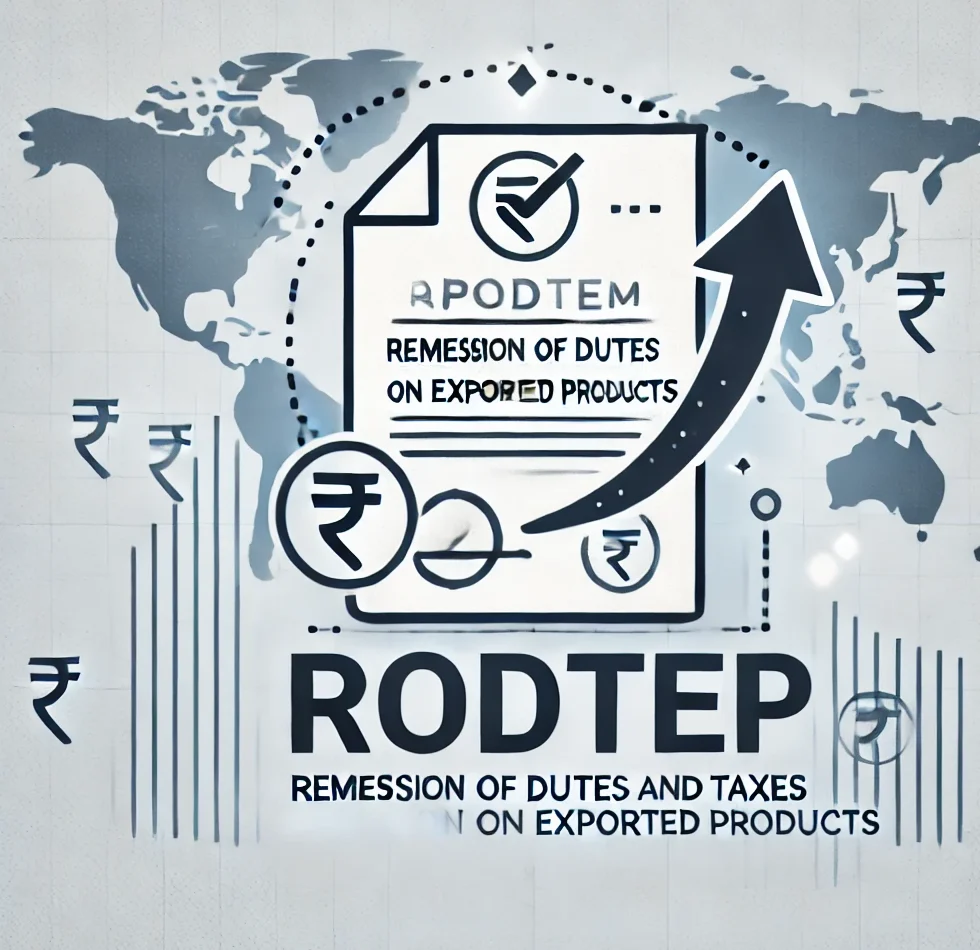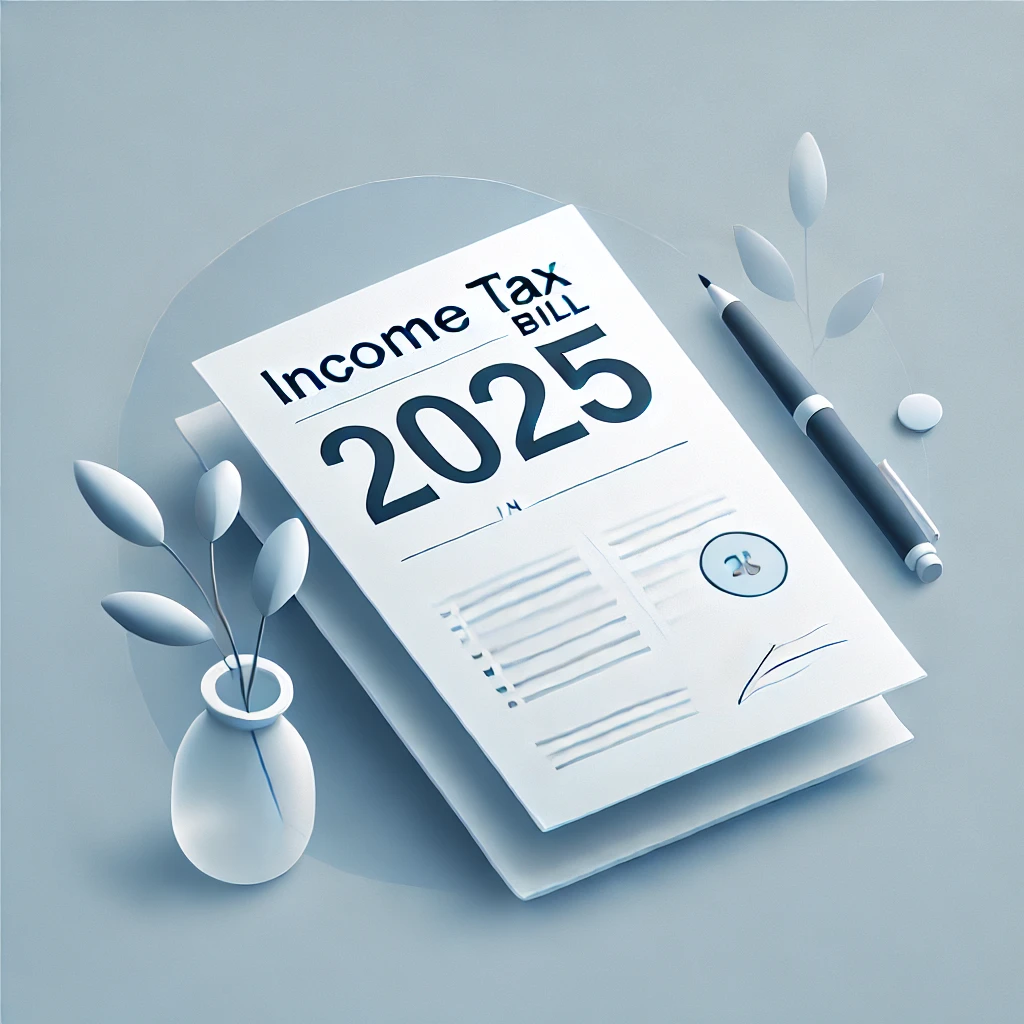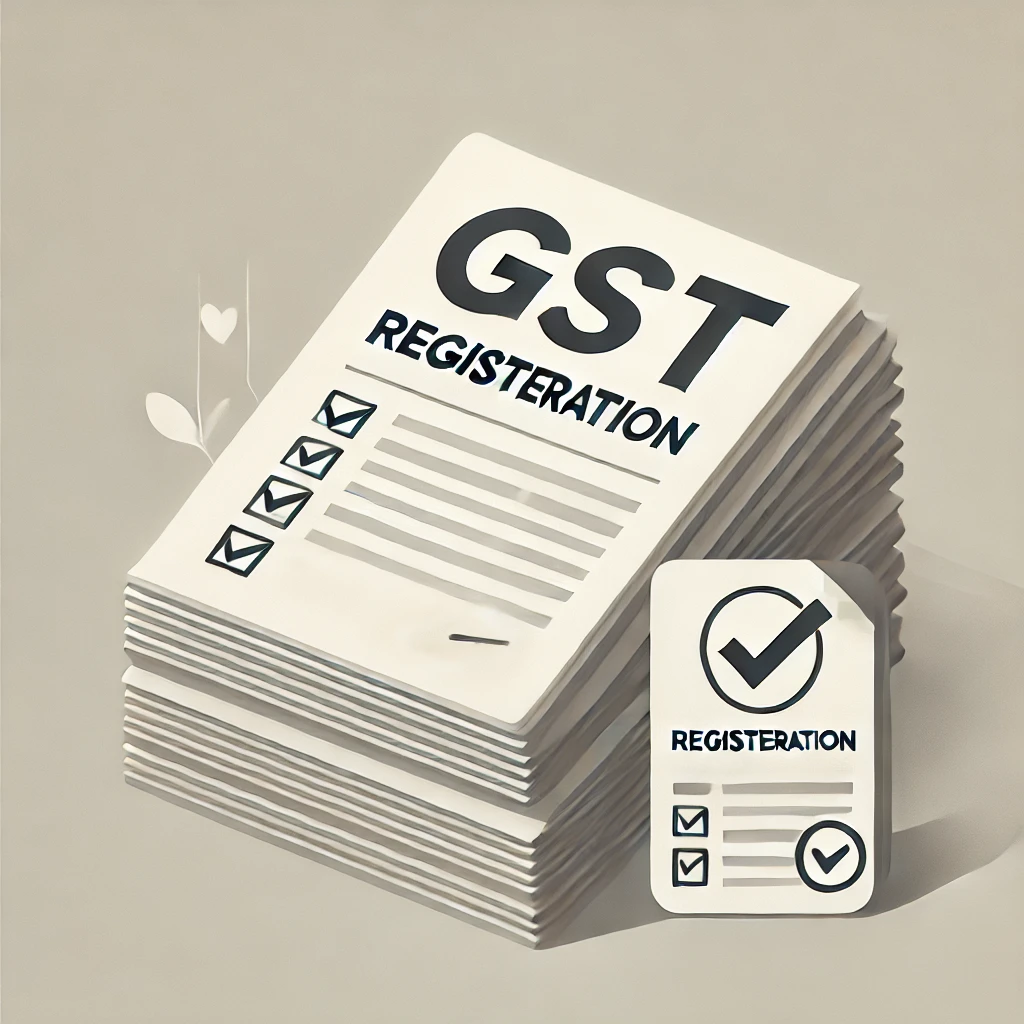The Union Budget 2025 brings a fresh wave of reforms to India’s direct tax framework, aiming to balance economic growth with taxpayer relief. With a focus on simplification, compliance, and incentivizing investments, the latest proposals introduce key changes in tax slabs, deductions, corporate taxation, and digital compliance. Whether you’re an individual taxpayer, a business owner, or a financial professional, understanding these shifts is crucial for strategic tax planning. In this blog, we break down the most significant direct tax updates, their implications, and what they mean for you.
1. Rates of Income Tax
-
(a) For Individual, HUF, association of persons, body of individuals, artificial juridical person.
- • Section 115BAC (1A) – New scheme – Default Scheme
| Sr. No | Total income | Rate of tax |
| 1. | Upto Rs. 4,00,000 | Nil |
| 2. | From Rs. 4,00,001 to Rs. 8,00,000 | 5% |
| 3. | From Rs. 8,00,001 to Rs. 12,00,000 | 10% |
| 4. | From Rs. 12,00,001 to Rs. 16,00,000 | 15% |
| 5. | From Rs. 16,00,001 to Rs. 20,00,000 | 20% |
| 6. | From Rs. 20,00,001 to Rs. 24,00,000 | 25% |
| 7. | Above Rs. 24,00,000 | 30% |
- • No Deduction are available under the New Tax Regime except the following:
- (i) Standard Deduction of Rs. 75,000/- u/s. 16(ia)
- (ii) Family Pension of 25,000 or 1/3 of total pension, whichever is less u/s 57(iia)
- (iii) Contribution to NPS u/s. 80CCD(2) – 14% of salary
- (iv) Deposit in Agniveer Corpus Fund u/s. 80CCH(2)
- (v) Deduction for Employment of New Employees u/s. 80JJAA
- • An individual, HUF, AOP, BOI or artificial judicial person can opt for old scheme on or before due date of filing income tax return as per section 139(1) of the Act. (i.e. 31st July and 31st October)
| Sr. No | Total income | Rate of tax |
| 1. | Upto Rs. 2,50,000 | Nil |
| 2. | From Rs. 2,50,001 to Rs. 5,00,000 | 5% |
| 3. | From Rs. 5,00,001 to Rs. 10,00,000 | 10% |
| 4. | Above Rs. 10,00,000 | 30% |
- • For resident senior citizen, who is of the age of 60years or more but less than 80 years – Nil rate of Tax upto 3,00,000.
- • For resident senior citizen, who is of the age of 80years or more – Nil rate of Tax upto 5,00,000
- • Above tax amount shall be further increased by surcharge at the rate of –
| Income level | % of Surcharge | Remarks |
| Above 50 lakh to 1 cr | 10% | Including all special tax rate income i.e. STCG and LTCG
Including all special tax rate income i.e. STCG and LTCG |
| Above 1 cr – 2 cr | 15% | |
| Above 2 cr to 5 cr | 25% | Excluding Dividend Income, STCG and LTCG – i.e. surcharge is restricted upto 15%
On total income above 2 Cr. |
| Above 5 cr
(Not applicable to New Scheme) |
37%
(For New scheme surcharge is restricted upto 25% on total income above 2 Cr.) |
* Marginal relief shall be provided in case of surcharge
- • Rabate u/s. 87A – Allowed to Resident Individuals only
| Particulars | Old Scheme | New Scheme (Default) |
| Rebate Amount (Maximum) | Rs. 12,500 | Rs. 60,000 |
| Threshold limit of Total Income | Less than 5,00,000 | Less than 12,00,000 |
| Rebate for Special Tax income | Allowed against STCG and LTCG (Except 112A) | Not Allowed against STCG and LTCG |
-
(b) For Partnership Firms/LLP
- • Tax Rate – 30% + Surcharge & Education Cess of 4% equivalent to 31.2%
- • Surcharge of 12% if total income exceeds 1 cr.
-
(c) For Companies
| Section | Conditions | Rate of Tax (including Health and Education cess) | Surcharge on tax | |
| Income >1 cr < 10 cr | Income > 10cr | |||
| 115BA | Turnover for F.Y. 2023-24 does not exceed 400 cr | 26% | 7% | 12% |
| 115BA | Turnover for F.Y. 2023-24 exceed 400 cr | 31.2% | 7% | 12% |
| 115BAA | No deductions or additional depreciation is allowed except 80JJA or 80M | 25.17% | – | – |
| 115BAB | New manufacturing Domestic Companies. No deductions or additional depreciation is allowed except 80JJA or 80M | 17.16% | – | – |
| Foreign Companies | Other than foreign companies chargeable at special rates | 35% | 2% | 5% |
| MAT | Not applicable for companies who opted 115BAA and 115BAB | 15.60% | 7% | 12% |
2. Annual value of the self-occupied property simplified
- • Under section 23 of the Act, owner of the house property can take Annual value of 2 House properties to be Nil due to reason that owner cannot occupy the house property for employment or business carried out at any other place.
- • Now it is amended so as to provide that the annual value of the property consisting of a house, or any part thereof shall be taken as nil, if the owner occupies it for his own residence or cannot actually occupy it due to any reason. The provision of sub-section (4) of section 23 of the Act which allows this benefit only in respect of two of such houses shall continue to apply as earlier.
3. Bringing clarity in income on redemption of Unit Linked Insurance Policy (ULIP)
- • Exemption u/s. 10(10D) on sum received under life policy including bonus on such policy is not applicable if amount of premium or aggregate amount of premium payable during the term of such policy or policies exceeds Rs. 2,50,000/-
- • It is now proposed to amend provisions related to ULIP so as to provide that ULIP to which exemption does not apply will be treated as capital asset u/s 2(14). And it will be included in definition of equity oriented fund.
4.Deduction under section 80CCD for contributions made to NPS Vatsalya
- • Deduction is now available to contribution made to NPS on account of minor. The amount will be charged to tax when withdrawn in case where deposit was made in account of minor. No Tax when withdrawn due to death of the minor.
- • Clause 12BA of section 10 inserted to provide partial withdrawal upto 25% of the amount contributed shall not be included in the total income of the parent/guardian. NPS Vatsalya Scheme also allows for partial withdrawal from the minor’s account to address certain contingency situations like education, treatment of specified illnesses and disability (of more than 75%) of the minor.
5. Extending the time-limit to file the updated return u/s. 139 (8A)
| Sr. No. | Period from the end of relevant assessment year | Additional tax % of total tax and interest paid |
| 1. | Upto 12 months | 25% |
| 2. | From 12 months upto 24 months | 50% |
| 3. | From 24 months upto 36 months | 60% |
| 4. | From 36 months upto 48 months | 70% |
*No updated return can be filed where any notice u/s. 148A has been issued after 36 months from the end of the relevant assessment year
6.Amendment in TDS Provisions
- • All the proposed amendment in the TDS sections are depicted in the below table:
| Sr. No. | Section | Current Threshold | Proposed Threshold | Rate of TDS |
| 1. | 193 – Interest on securities |
Nil |
Rs. 10,000/- |
10% |
| 2. | 194A – Interest other than Interest on securities | (i) Rs. 50,000/- for senior citizen;
(ii) Rs. 40,000/- in case of others when payer is bank, cooperative society and post office (iii) Rs. 5,000/- in other cases |
(i) Rs. 1,00,000/- for senior citizen;
(ii) Rs. 50,000/- in case of others when payer is bank, cooperative society and post office (iii) Rs. 10,000/- in other cases |
10% |
| 3. | 194 – Dividend for an individual shareholder |
Rs. 5,000/- |
Rs. 10,000/- |
10% |
| 4. | 194K – Income in respect of units of a mutual fund or specified company or undertaking |
Rs. 5,000/- |
Rs. 10,000/- |
10% |
| 5. | 194B – Winnings from lottery, crossword puzzle, etc. | Aggregate of amounts exceeding Rs. 10,000/- during the financial year | Rs. 10,000/- in respect of a single transaction |
30% |
| 6. | 194BB – Winnings from horse race | |||
| 7. | 194D – Insurance commission |
Rs. 15,000/- |
Rs. 20,000/- |
2% |
| 8. | 194G – Income by way of commission, prize etc. on lottery tickets |
Rs. 15,000/- |
Rs. 20,000/- |
2% |
| 9. | 194H – Commission or brokerage |
Rs. 15,000/- |
Rs. 20,000/- |
2% |
| 10. | 194-I Rent |
Rs. 2,40,000/- during the financial year |
Rs. 50,000/- per month or part of a month |
(i)2% – Plant & Machinery. (ii) 10% -Land, Building and Furniture. |
| 11. | 194J – Fee for professional or technical services |
Rs. 30,000/- |
Rs. 50,000/- |
(i)10% – Professional Fees
(ii)2% – Technical Fees (iii) 2% – Royalty in case sale/distribution/exhibition of cinematographic (iv)10% – All other Royalty (v) 2% – Payee is in business of call centre |
| 12. | 194LA – Income by way of enhanced compensation |
Rs. 2,50,000/- |
5,00,000/- |
10% |
| 13. | Section 194LBC -Income in respect of investment in securitization trust |
– |
– |
10% (Old Rate 25% for Individual, HUF and 30% for others) |
| 13. | 206C – TCS
(i)Timber or any other forest produce (not being tendu leaves) obtained under a forest lease (ii) Timber obtained by any mode other than under a forest lease |
– |
– |
2% |
| 14. | 206 (1H) – TCS on sale consideration exceeding 50 lakh |
0.1% |
Omitted |
Section omitted w.e.f. 1st April 2025 |
| 15. | 206C(1G) – TCS Amount remitted for education and medical Treatment |
7,00,000 |
10,00,000 |
5% |
| 16. | 206C(1G) – TCS Amount remitted for repayment of education loan taken from abroad from specified Financial institute |
7,00,000 |
Omitted |
Applicability omitted w.e.f. 1st April 2025 |
7.Removal of higher TDS/TCS for non-filers of return of income
- • Currently, Section 206AB and 206CCA of the Act requires higher deductions or collections of TDS or TCS respectively in case of deductee or collectee are non-filer of Income Tax return.
- • To reduce compliance burden for the deductor/collector, it is proposed to omit section 206AB of the Act and section 206CCA of the Act.
8. Obligation to furnish information in respect of crypto-asset
- • It is proposed to insert new section 285BAA with effect from 01.04.2026, to obligate reporting entity i.e. platform providing trading in cryptocurrency or any digital currency, to furnish information in respect of transactions in such crypto asset in statement, for such period, within such time, in such form and manner as may be prescribed.
- • This will ensure that information related to cryptocurrency and virtual digital currency will be reported to the AIS statement of the person who have transacted in such cryptocurrency and virtual digital currency.
9. Rationalisation of taxation of capital gains on transfer of capital assets by non-residents
- • The provisions of Section 115AD of the Act provides that where the total income of a specified fund or Foreign Institutional Investor includes income by way of long term capital gains, if any, tax shall be calculated at 10%. Long Term capital referred in section 112A is taxed at 12.5% irrespective of resident or non-resident.
- • Therefore, it is proposed to amend the provisions of section 115AD to provide that income-tax on the income by way of long-term capital gains on transfer of securities not referred to in section 112A, if any, included in the total income, shall be calculated at the rate of 12.5%
10.Amendment related to Charitable Trust
- • It is proposed to amend Explanation to sub-section (4) of section 12AB so as to provide that the situations where the application for registration of trust or institution is not complete, shall not be treated as specified violation for the purpose of the said sub-section. As even minor default in the application may lead to cancellation of registration of trust or institution resulting in tax on accreted income.
- • Further 12AB is amended to increase the validity of registration of trust from 5 years to 10 years where trust has made an application under sub clause (i) to (v) of the clause (ac) of section 12A(1) and total income of such trust without giving effect of section 11 and 12 does not exceed 5 crores during each of the two previous years preceding the previous year in which application is made.
- • Section 13 (3) amended to excludes application of income of trust or institution if such income or property of trust or institution is used or applied directly or indirectly to any person – whose contribution to trust or institution exceeds 1 lakh or aggregate contribution exceeds 10 lakhs during the financial year. Amendment also removes relatives or concern in which such person has substantial interest from the said section.
11.Amendment of Definition of ‘Capital Asset’
- • Section 2(14) of the Act defines capital Asset which is amended to include any security held by investment funds referred to in Section 115UB (Alternative Investment Funds) which has invested in such security in accordance with the regulations made under the Securities and Exchange Board of India Act, 1992 would be treated as capital asset only so that any income arising from transfer of such security would be in the nature of capital gain.
12.Harmonisation of Significant Economic Presence applicability with Business Connection
- • It is proposed to amend Explanation 2A to Section 9 so that transactions or activities of a non-resident in India which are confined to the purchase of goods in India for the purpose of export shall not constitute significant economic presence of such non-resident in India. This will bring parity to Clause (i) of section 9(1) which states that no income shall be deemed accrue or arise in India to non -resident from operations confined to purchase of goods in India for the purpose of export.
13. Rationalisation of provisions related to carry forward of losses in case of amalgamation
- • As per section 72A and 72AA of the Act provides carry forward and set off of accumulated loss and unabsorbed depreciation allowance in case of amalgamation or reorganisation for 8 assessments years immediately succeeding the assessment year for which the loss was first computed.
- • This leads into evergreening of loss of the predecessor entity resulting from successive amalgamation to take benefit of 8 years of carry forward and set off of business loss or depreciation allowance.
- • It is now proposed to amend section 72A and section 72AA of the Act to provide that any loss forming part of the accumulated loss of the predecessor entity, which is deemed to be the loss of the successor entity, shall be eligible to be carried forward for not more than eight assessment years immediately succeeding the assessment year for which such loss was first computed for original predecessor entity.
14. Exemption to withdrawals by Individuals from National Savings Scheme from taxation
- • Section 80CCA amended to provide exemption to the withdrawals made by individuals from these deposits for which deduction was allowed, on or after 29th day of August 2024. This exemption is provided to the deposits, with the interest accrued thereon, made before 01.04.1992.
15.Incentives to International Financial Services Centre (IFSC)
- • Section 9A – It is proposed to rationalize the condition under Clause (c) of subsection (3), determining aggregate participation or investment on 1st April and 1st October of the previous year. If the condition is not met on either date, the fund will have four months to comply. Additionally, the deadline for IFSC based fund managers to commence operations is extended to 31st March 2030, continuing the benefits under Subsection (8A).
- • To avoid deemed dividend u/s. 2(22)(e) for borrowings by the corporate treasury centre in IFSC from its group entities – It is proposed to amend clause (22) of section 2 to provide that any advance or loan between two group entities, where one of the group entity is a “Finance company” or a “Finance unit” in IFSC set up as a global or regional corporate treasury centre for undertaking treasury activities or treasury services and the ‘parent entity’ or ‘principal entity’ of such ‘group entity’ is listed on stock exchange in a country or territory outside India, other than the country or territory outside India as may be specified by the Board in this behalf, shall not be treated as ‘dividend’. The conditions for a ‘group entity’, ‘principle entity’ and the ‘parent entity’ shall be prescribed
- • Section 10 – Clause 4(E) – Benefit extended to FPI in addition to banking unit of IFSC. It is proposed to amend clause (4E) of section 10 to provide that the income of a non-resident on account of transfer of non-deliverable forward contracts or offshore derivative instruments or over the-counter derivatives, or distribution of income on offshore derivative instruments, entered into with Foreign Portfolio Investors being an IFSC unit shall also not be included in the total income subject to certain conditions as may be prescribed.
- • Section 10 – Clause 23FE – Benefits extended to SWP or Pension Funds – Section provides exemption in the nature of dividend, interest and long-term capital gains on investment made in India. It is now proposed to amend that long term gains (irrespective of deemed short term capital gain as per section 50AA) shall not be included in the total income of a SWP or Pension Fund. Further date of investment under the said clause extended from 31st Day of March 2025 to 31st Day of March 2030.
- • Section 10 – Clause 10D – Exemption on sum received from Life Insurance policy. – It is amended to provide that proceeds received on life insurance policy issued by IFSC insurance intermediary office shall be exempted without the condition related to the maximum premium payable on such policy as mentioned in the clause. (i.e. 2.5 lakh for Unit linked insurance and 5 lakh for other insurance.)
- • Section 10 – Clause 4H – Extended Capital Gain or Dividend Exemption to Ship leasing units in IFSC – It is proposed to amend clause to provide exemptions to non-residents or units of IFSC engaged in ship leasing on capital tax on transfer of equity shares of domestic companies being units of IFSC and dividends paid by such company being unit of IFSC.
- • Section 47 (viiad) – provides exemption on transfer of asset being share or unit or interest held in the original fund in consideration for the share or unit of interest in the resultant fund located in IFSC and granted a certificate Category I, II, III AIF. It is now amended to include ETF and retail schemes within the definition of Resultant Fund.
- • The sunset dates for commencement of operations of IFSC units for several tax concessions, or relocation of funds to IFSC, in clause (d) of sub-section (2) of section 80LA, clause (4D), clause (4F), clause (4H) of section 10 and clause (viiad) of section 47, is proposed to be extended to 31st day of March, 2030.
16.Rationalisation in taxation of Business trusts
- • As per Section 115UA Real Estate Investment Trust (REIT) and Infrastructure Investment Trust (InVIT) enjoys pass through status in respect of interest, dividend and rental income. Therefore, income of REIT and InVIT shall be charged at maximum marginal rate subject to provisions of section 111A and section 112.
- • Reference of section 112A was not available in the existing provision. Which is now proposed to be amended to include reference to section 111A, 112A and 112 of the Act.
17. Rationalisation of transfer pricing provisions for carrying out multi-year arm’s length price determination
- • It is proposed to amend section 92CA of the Act to provide that the ALP determined in relation to an international transaction or a specified domestic transaction for any previous year shall apply to the similar transaction for the two consecutive previous years immediately following such previous year.
- • For this purpose, assesse shall required to exercise such option within the time as may be prescribed and Transfer pricing officer may order within 1 month from the end of the month in such option is exercised, declare whether such option is valid or not.
- • The option cannot be exercised if any proceedings is related to search cases.
18. Scheme of presumptive taxation for non-resident providing services for electronics manufacturing facility
- • It is proposed to insert a new section 44BBD, which deems twenty-five per cent (25%) of the aggregate amount received/ receivable by, or paid/ payable to, the non-resident, on account of providing services or technology to the resident company under a scheme notified by the Central Government, as profits and gains of such non-resident.
19. Extension of benefits of tonnage tax scheme to inland vessels
- • To promote inland water transportation in the country and to attract investments in the sector, it is proposed to extend the benefits of tonnage tax scheme to Inland Vessels registered under Inland Vessels Act, 2021. Accordingly inland vessels have been included in the section 115VD for being eligible to be a qualified ship. Further, inland vessels have been defined in section 115V of the Act in the same manner as provided in the Inland Vessels Act, 2021. Other corresponding amendments have been made to extend the tonnage tax scheme to inland vessels.
20. Other Administrative Amendments
- • Extension of timeline for tax benefits to start-ups – The existing provisions of Section 80-IAC of the Act, inter alia, provide for a deduction of an amount equal to hundred percent of the profits and gains derived from an eligible business by an eligible start-up for three consecutive assessment years out of ten years, beginning from the year of incorporation, at the option of the assessee. It is proposed to amend the above section so as to extend the benefit for another period of five years, i.e. the benefit will be available to eligible start-ups incorporated before 01.04.2030.
- • Amendments proposed in provisions of Block assessment for search and requisition cases under Chapter XIV-B
- It is proposed to insert the term “virtual digital asset” to the definition of “undisclosed income” in section 158B.
- Clause (i) of Section 158BB (1) will replace “total income disclosed” with undisclosed income.
- Clause (iv) will clarify that income for a previous year, if the return due date hasn’t passed before the search, will be taxed under normal provisions.
- As per section 158BE – the time limit for completing a block assessment is proposed to be made as 12 months ending from the quarter in which last authorisations for search or requisition has been executed.
- • It is proposed to amend the Section 144BA, section 153, section 153B, section 158BE, section 158BFA, section 263, section 264 and Rule 68B of Schedule-II of the Act,of the Act so as to exclude the period commencing on the date on which stay was granted by an order or injunction of any court and ending on the date on which certified copy of the order vacating the stay was received by the jurisdictional Principal Commissioner or Commissioner.
- • Certain penalties to be imposed by the Assessing Officer
- Sections 271C, 271CA, 271D, 271DA, 271DB and 271E of the Act, inter-alia, provide that penalty under these sections shall be imposed by the Joint Commissioner. Though, assessment in such cases were being made by the Assessing Officer, penalty under these sections were being imposed by the Joint Commissioner.
- In order to rationalize the process, it is proposed to amend sections 271C, 271CA, 271D, 271DA, 271DB and 271E of the Act so that penalties under these sections shall be levied by the Assessing Officer in place of Joint Commissioner, subject to the provisions of sub-section (2) of section 274 of the Act. Thus, Assessing Officer shall take the prior approval of Joint Commissioner for the passing of penalty order, where penalty amount exceeds Rs. 10,000 or 20,000 if AO is ACIT/DCIT as specified in sub-section (2) of section 274 of the Act.
- • Provisions related to notifying faceless scheme under section 92CA (Transfer Pricing Proceedings), 144C (Dispute Resolution proceedings) 253 and 255 (Appellate Proceedings) are omitted so as to provide that Central Government may issue directions beyond the cut-off date of 31st day of March, 2025, if required.
- • It is proposed to amend the section 270AA, which inter alia provides the procedure of granting the immunity by the AO from imposition of penalty and prosecution, to process the application within 3 months from the end of month in which application is received instead of current 1 month time.
- • It proposed to amend section 275 of the Act to provide that any order imposing a penalty under Chapter XXI shall not be passed after the expiry of six months from the end of the quarter in which the connected proceedings are completed, or the order of appeal is received by the jurisdictional Principal Commissioner or Commissioner, or the order of revision is passed, or the notice for imposition of penalty is issued, as the case maybe.
- • Section 276BB of the Act is amended to provide that the prosecution shall not be instituted against a person covered under the said section, if the payment of the tax collected at source has been made to the credit of the Central Government at any time on or before the time prescribed for filing the quarterly statement respect of such payment.
Conclusion:
To conclude, the direct tax proposals in Budget 2025 introduce a mix of structural changes and rationalization measures aimed at fostering compliance, simplifying tax administration, and promoting economic growth. With revised tax slabs, enhanced deductions under the new tax regime, and targeted incentives for businesses, the government continues to refine the tax landscape to balance revenue mobilization with taxpayer relief. Additionally, amendments in capital gains taxation, IFSC incentives, and rationalization of exemptions reflect a strategic push towards modernization and global competitiveness. As these provisions take effect, individuals and businesses must assess their financial planning strategies to align with the evolving tax framework. Staying informed and proactive will be key to optimizing tax efficiency in the coming fiscal year.
Disclaimer:
This article is for general informational purposes only and should not be considered professional advice. Please consult a qualified expert for advice tailored to your specific situation. The author and website owner are not liable for any errors or actions based on this content.










